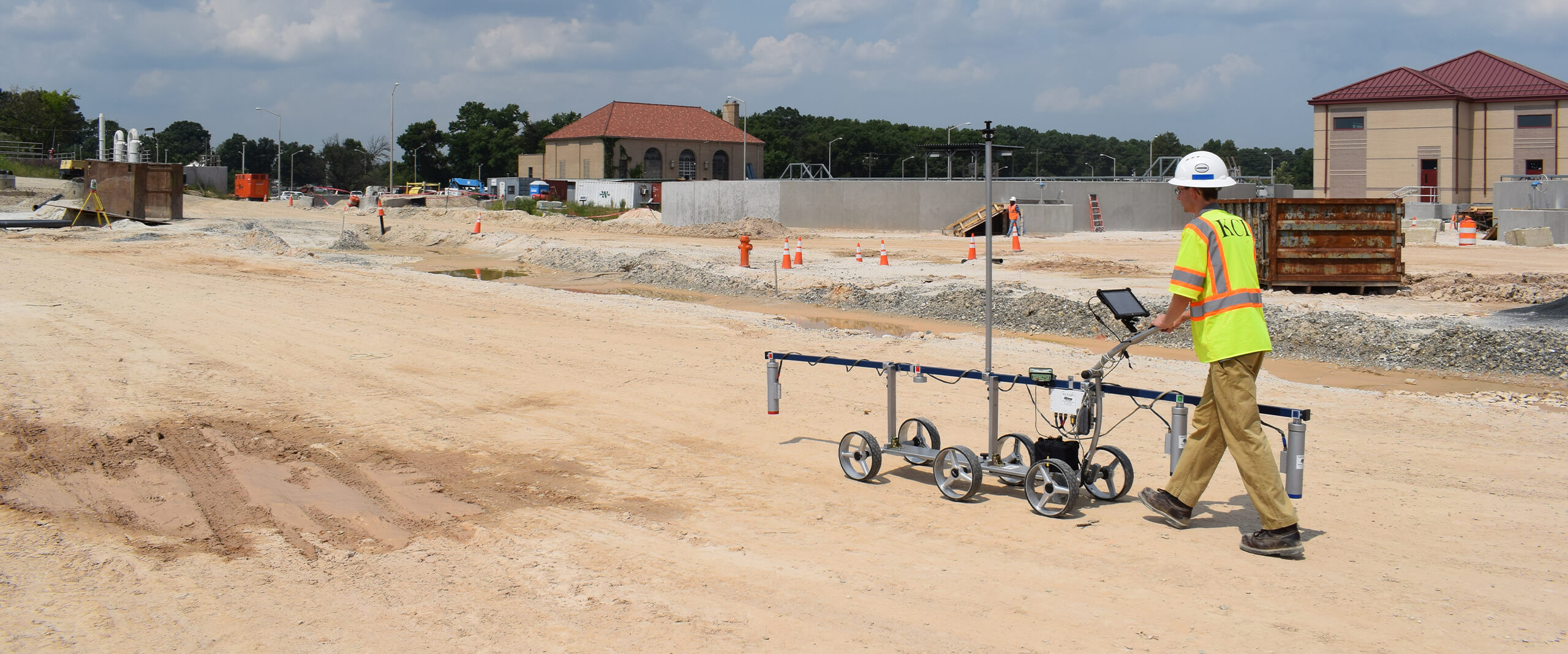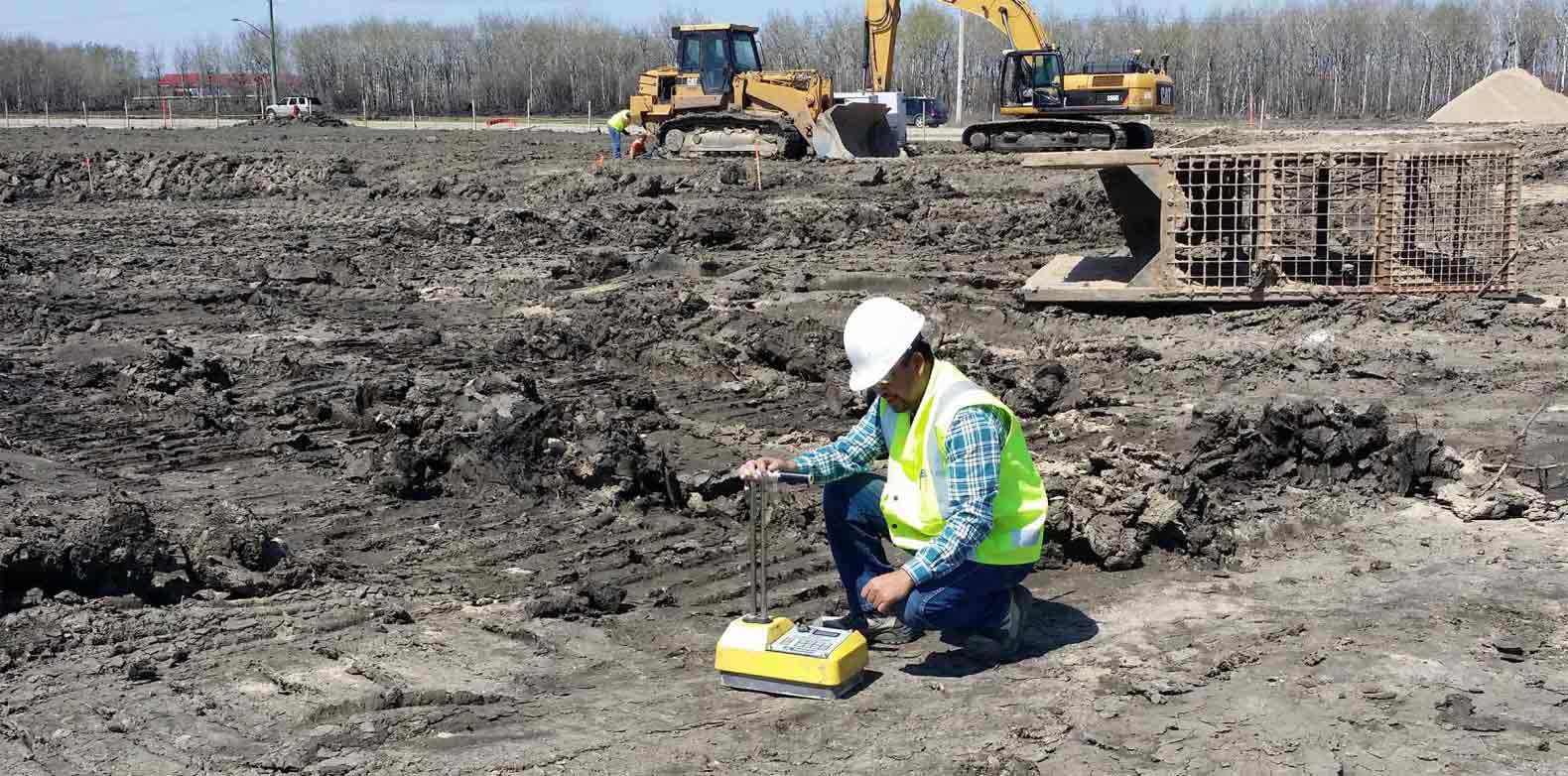Top Geotechnical Engineers for Cutting-Edge Dirt Evaluation and Foundation Design
Top Geotechnical Engineers for Cutting-Edge Dirt Evaluation and Foundation Design
Blog Article
The Interdisciplinary Approaches in the Geotechnical Market: Connecting the Gap In Between Design, Geology, and Environmental Science for Optimum Project Outcomes
The assimilation of engineering, geology, and ecological scientific research within the geotechnical industry is not simply advantageous; it is critical for achieving ideal project results. This interdisciplinary collaboration promotes an extensive understanding of facility website problems, enabling cutting-edge options to emerge. By checking out vital roles and successful situation researches, we can uncover the vibrant interplay that drives job success. Challenges remain in efficiently taking care of these multidisciplinary efforts, elevating questions regarding future fads and potential innovations. What techniques might emerge to facilitate this essential cooperation and improve the effectiveness of geotechnical practices?
Significance of Interdisciplinary Partnership
The importance of interdisciplinary partnership in the geotechnical market can not be overstated. Reliable geotechnical jobs call for the assimilation of varied know-how from various fields, including design, geology, and ecological scientific research. This collaboration makes sure that all elements of a job are taken into consideration, causing comprehensive remedies that address intricate obstacles.
Interdisciplinary collaboration fosters development by allowing experts to share insights and techniques that may not appear when operating in isolation (geo tech engineer). By leveraging the strengths of multiple disciplines, teams can recognize prospective dangers, maximize design processes, and boost the sustainability of geotechnical tasks. Furthermore, such cooperation advertises an alternative understanding of site-specific conditions, which is crucial for precise evaluation and decision-making.
The complexity of geotechnical projects requires a worked with strategy to analytical. Inevitably, interdisciplinary cooperation is crucial for progressing best methods and attaining quality in the geotechnical industry.
Key Roles of Each Discipline
Collaboration amongst various disciplines is not just valuable; it is crucial for the successful execution of geotechnical jobs. Each discipline-- engineering, geology, and environmental science-- plays a distinctive yet interconnected role that adds to predict efficiency and sustainability.
Geotechnical designers are mostly in charge of designing foundations and ensuring architectural honesty. They examine dirt and rock residential or commercial properties to evaluate load-bearing capabilities, giving necessary data for risk-free building practices. Their expertise allows the formula of innovative solutions to intricate challenges.

Ecological researchers evaluate the possible effects of building on environments and water resources. They carry out ecological assessments and create reduction strategies to lessen adverse results. By integrating environmental factors to consider, they guarantee conformity with guidelines and promote sustainability throughout the task lifecycle.
Study of Successful Integration
Successful combination of geotechnical disciplines can be exhibited through numerous situation researches that highlight the efficiency of teamwork in attending to complex engineering challenges. One notable example is the construction of the Hong Kong-- Zhuhai-- Macau Bridge, where a joint approach entailing geotechnical design, geology, and ecological scientific research was essential. Engineers and rock hounds operated in unison to evaluate the seabed problems and enhance the structure style, making certain stability and minimizing environmental effect.
An additional impactful case is the renovation of incline security in the San Francisco Bay Location, where an interdisciplinary team incorporated geotechnical analysis with environmental analyses. By incorporating geological surveys and hydrological researches, the group effectively determined prospective landslide threats and carried out efficient reduction measures, improving safety and sustainability.
Additionally, the redevelopment of Brownfield websites typically calls for a multidisciplinary strategy. In one situation in Chicago, cooperation among geotechnical engineers, environmental researchers, and metropolitan coordinators caused the effective removal of infected dirt, enabling the secure makeover of the website into a community park. These situation research studies show that interdisciplinary partnership try this out not just addresses technical difficulties however also cultivates cutting-edge remedies that profit both neighborhoods and tasks.
Difficulties in Multidisciplinary Projects

Furthermore, coordinating timetables and operations among various groups can be troublesome, specifically when each self-control has special job turning points and deliverables. This imbalance can result in delays and increased prices. The difficulty of resource allowance likewise impends huge; guaranteeing that customized expertise is available at critical points calls for cautious preparation and foresight.
Last but not least, regulatory conformity presents an additional substantial difficulty. Each self-control may deal with various regulatory frameworks, and aligning these needs to meet task goals can be complicated and lengthy. Attending to these obstacles requires strong management and efficient interaction approaches to foster collaboration and ensure that multidisciplinary teams function cohesively towards shared objectives.
Future Trends in Geotechnical Practices
As the geotechnical industry develops, emerging trends are reshaping methods to deal with the obstacles faced in multidisciplinary tasks - tailings engineer. One substantial pattern is the boosted assimilation of innovative technologies, such as man-made intelligence and machine understanding, into geotechnical evaluation and style. These technologies improve predictive modeling and risk assessment, allowing designers to make more informed decisions throughout the project lifecycle

In addition, the adoption of electronic twins and real-time monitoring systems is becoming a lot more prevalent. These devices promote recurring assessment of dirt conditions and architectural performance, enabling for timely interventions when problems emerge.
Final Thought
In final thought, the integration of design, geology, and ecological science is essential for achieving ideal outcomes in the geotechnical industry. Interdisciplinary cooperation fosters innovation, boosts problem-solving capacities, and lines up technological demands with environmental sustainability. Successful situation researches show the benefits of this approach, while recognizing the challenges faced in multidisciplinary jobs. Looking in advance, welcoming these collective practices will certainly be essential for navigating internet future fads and progressing the area of geotechnical engineering.
The assimilation of engineering, geology, and ecological scientific research within the geotechnical sector is not just advantageous; special info it is necessary for attaining ideal task end results. Reliable geotechnical jobs need the combination of varied expertise from different fields, consisting of engineering, geology, and ecological scientific research.Browsing the complexities of multidisciplinary projects in the geotechnical sector presents numerous substantial obstacles.As the geotechnical sector develops, emerging fads are reshaping methods to address the challenges encountered in multidisciplinary tasks. Geotechnical designers are progressively working together with environmental researchers to make certain that projects line up with sustainability objectives and comply with regulatory requirements.
Report this page